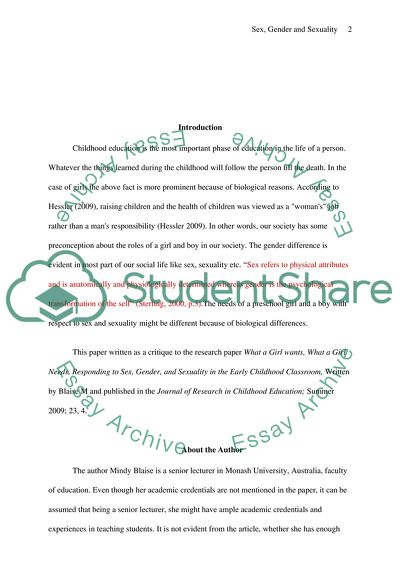Cite this document
(Article Critique: What a Girl Wants, What a Girl Needs, Responding to Coursework, n.d.)
Article Critique: What a Girl Wants, What a Girl Needs, Responding to Coursework. https://studentshare.org/gender-sexual-studies/1739467-article-critique
Article Critique: What a Girl Wants, What a Girl Needs, Responding to Coursework. https://studentshare.org/gender-sexual-studies/1739467-article-critique
(Article Critique: What a Girl Wants, What a Girl Needs, Responding to Coursework)
Article Critique: What a Girl Wants, What a Girl Needs, Responding to Coursework. https://studentshare.org/gender-sexual-studies/1739467-article-critique.
Article Critique: What a Girl Wants, What a Girl Needs, Responding to Coursework. https://studentshare.org/gender-sexual-studies/1739467-article-critique.
“Article Critique: What a Girl Wants, What a Girl Needs, Responding to Coursework”. https://studentshare.org/gender-sexual-studies/1739467-article-critique.


